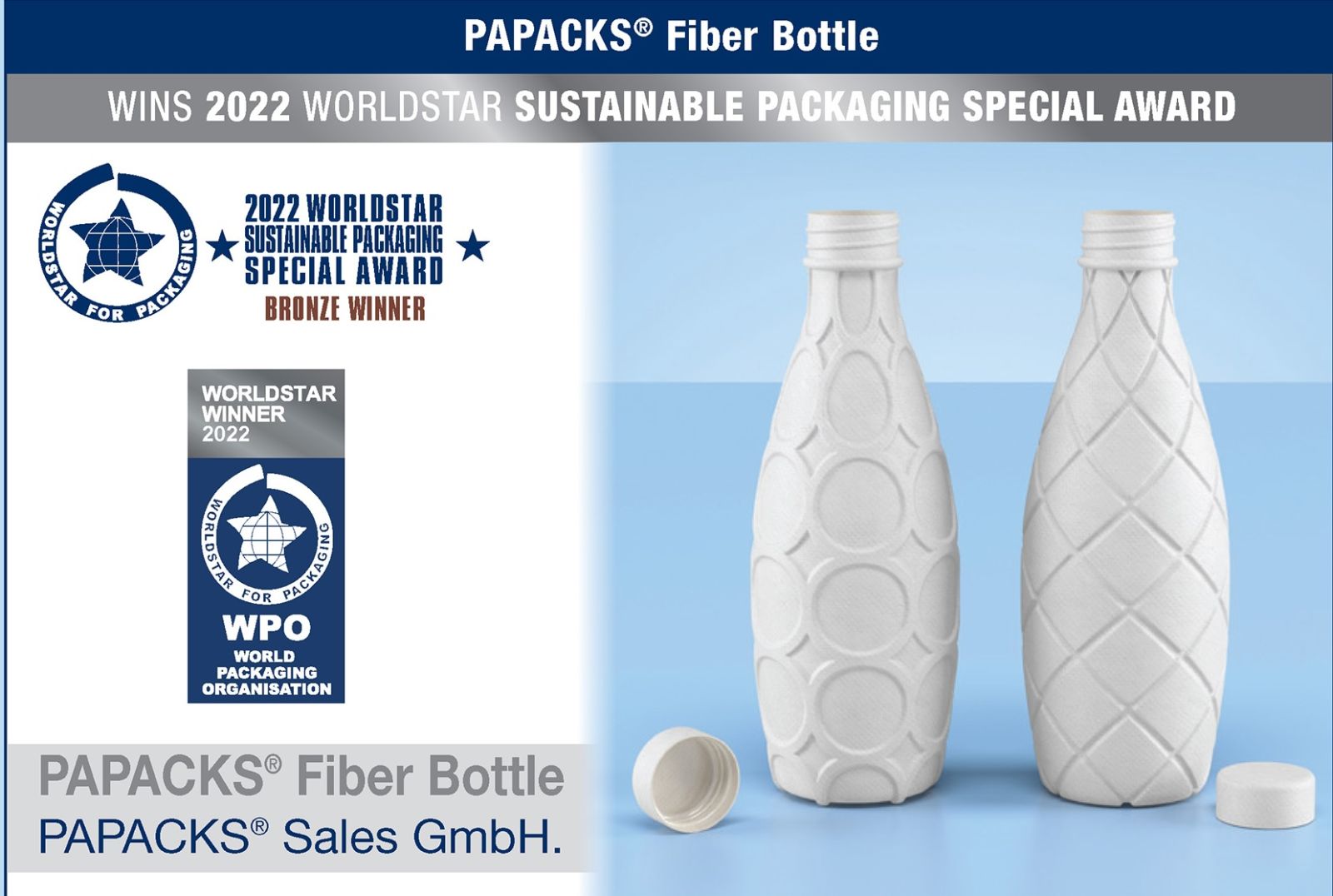Sustainability Committee
Primary function of packaging in to protect the product that is packed. Ensuring that product arrives to its destination in perfect condition is very important because of the environmental effects caused in production stage. Packaging contributes to Sustainability. This is well documented in several position papers issued by the WPO. The packaging industry is continuously reinventing itself as a whole. During the last decades remarkable improvement has been made in material and energy efficiency as well as total environmental footprint. Optimal packaging provides environmental benefits for packaging producer as well as fille.
A lot of emphasis has been put on the packaging waste issue. In the developed countries a determined direction has been set to circular economy in which waste becomes new raw material. Littering issue remains a societal challenge in many areas in the world.
Good packaging contributes in providing safe and hygienic food around the world. The packaging industry has also made efforts in chemical safety to meet stringent regulation.
WPO also supports the Global Protocol for Packaging Sustainability, GPPS 2.0, which gives excellent guidance in performing any environmental comparison.
The Sustainability Award, judged and produced by WPO is a step in the right direction in rewarding new innovation supporting the development of even more sustainable packaging.
The Sustainability Committee is lead by Nerida Kelton, from Australia, Vice President for Sustainability and Packaging that Saves Food.
For more information contact [email protected] or [email protected]
Global Packaging Design for Recycling Guide
A global Packaging Design for Recycling Guide has been developed by ECR Community, the World Packaging Organisation (WPO) and FH Campus University of Applied Sciences, Austria and is available for download.
The Packaging Design for Recycling Guide is a starting point to understand Best Practice examples using state-of-the-art technology that can then be applied and tailored to suit the recovery and recyclability capabilities and infrastructure on a regional and local level.
The guide can be applied to products from the Food, Near-Food and Non-Food segments and is applicable to all primary, secondary and tertiary packaging; provided that product-specific regulations of the packaging system are observed.
The WPO sees this new resource as the first step to developing a consistent global notion of Circular Design Thinking for materials and Packaging.
Case Studies
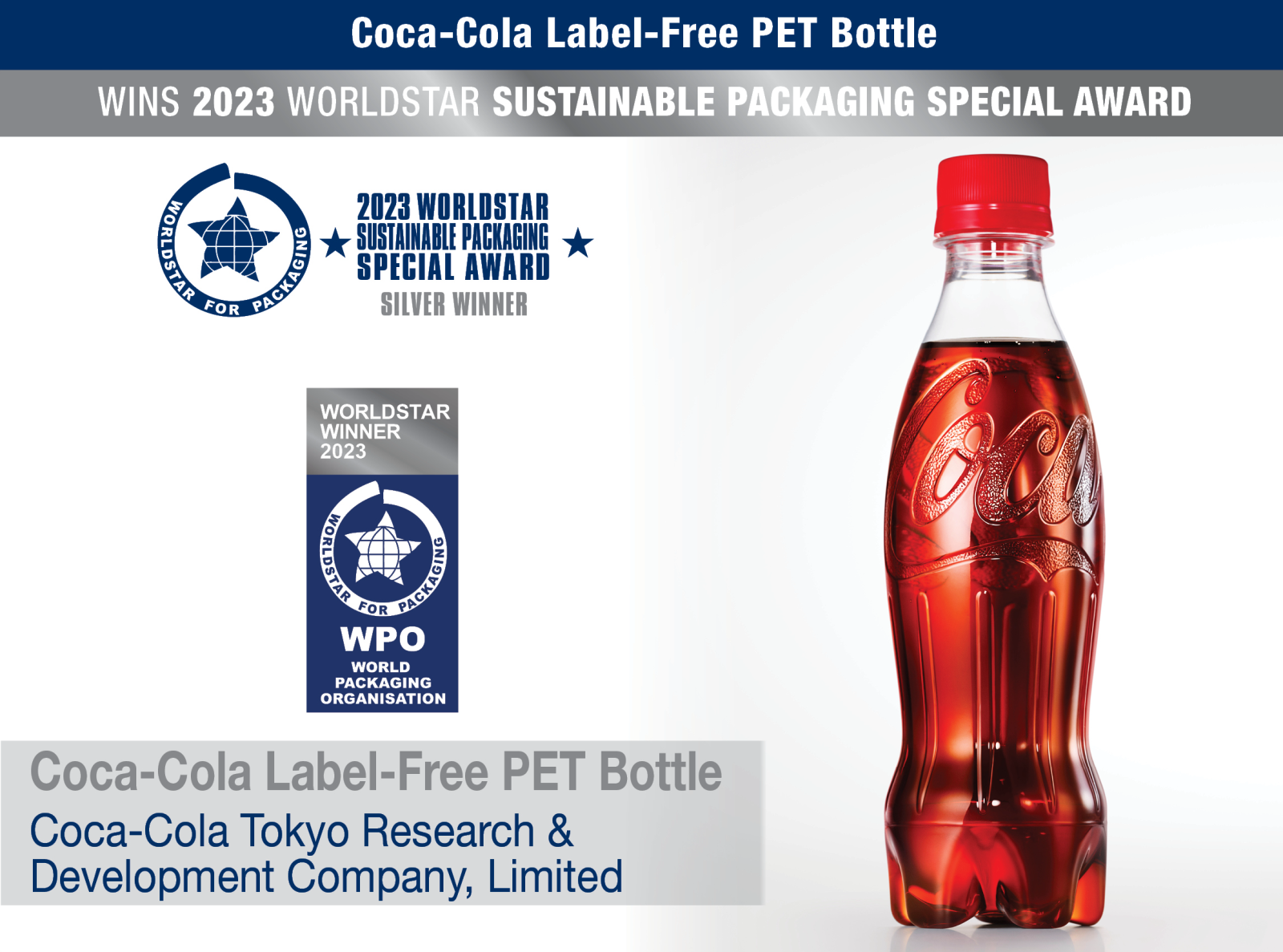 Coca-Cola Label-Free PET Bottle
Coca-Cola Label-Free PET Bottle
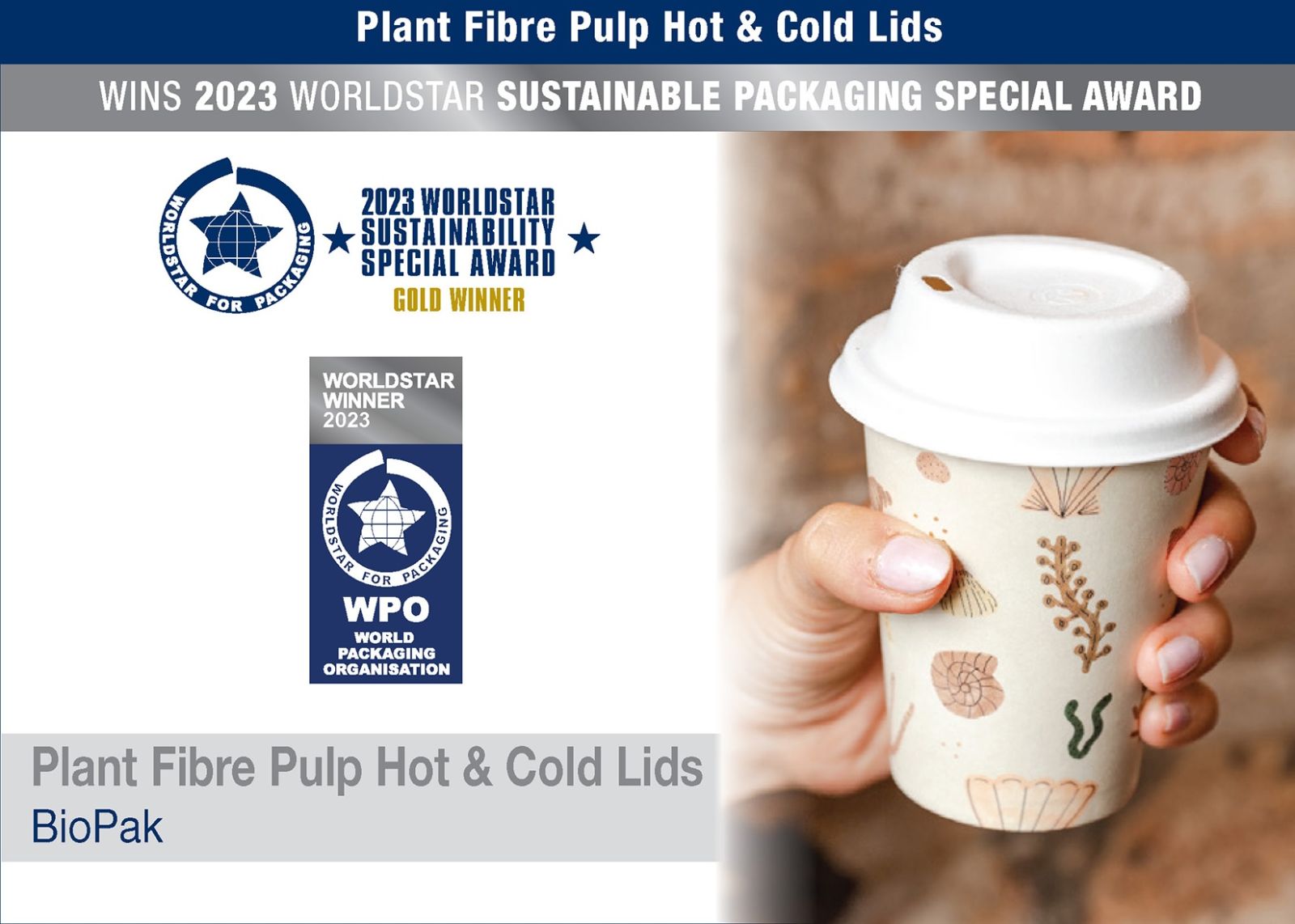 Plant Fibre Pulp Hot & Cold Lids
Plant Fibre Pulp Hot & Cold Lids
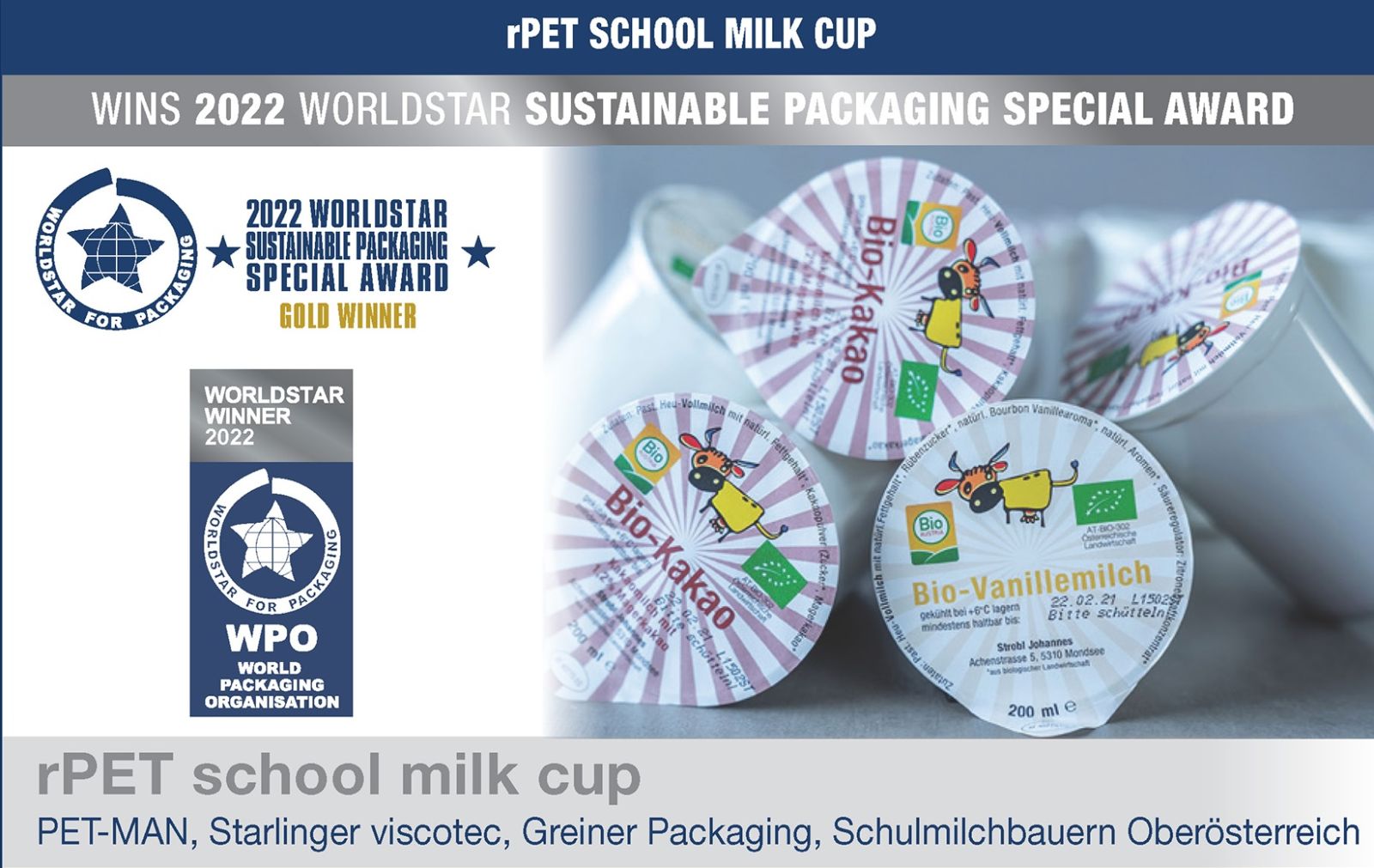 rPET SCHOOL MILK CUP - Austria
rPET SCHOOL MILK CUP - Austria
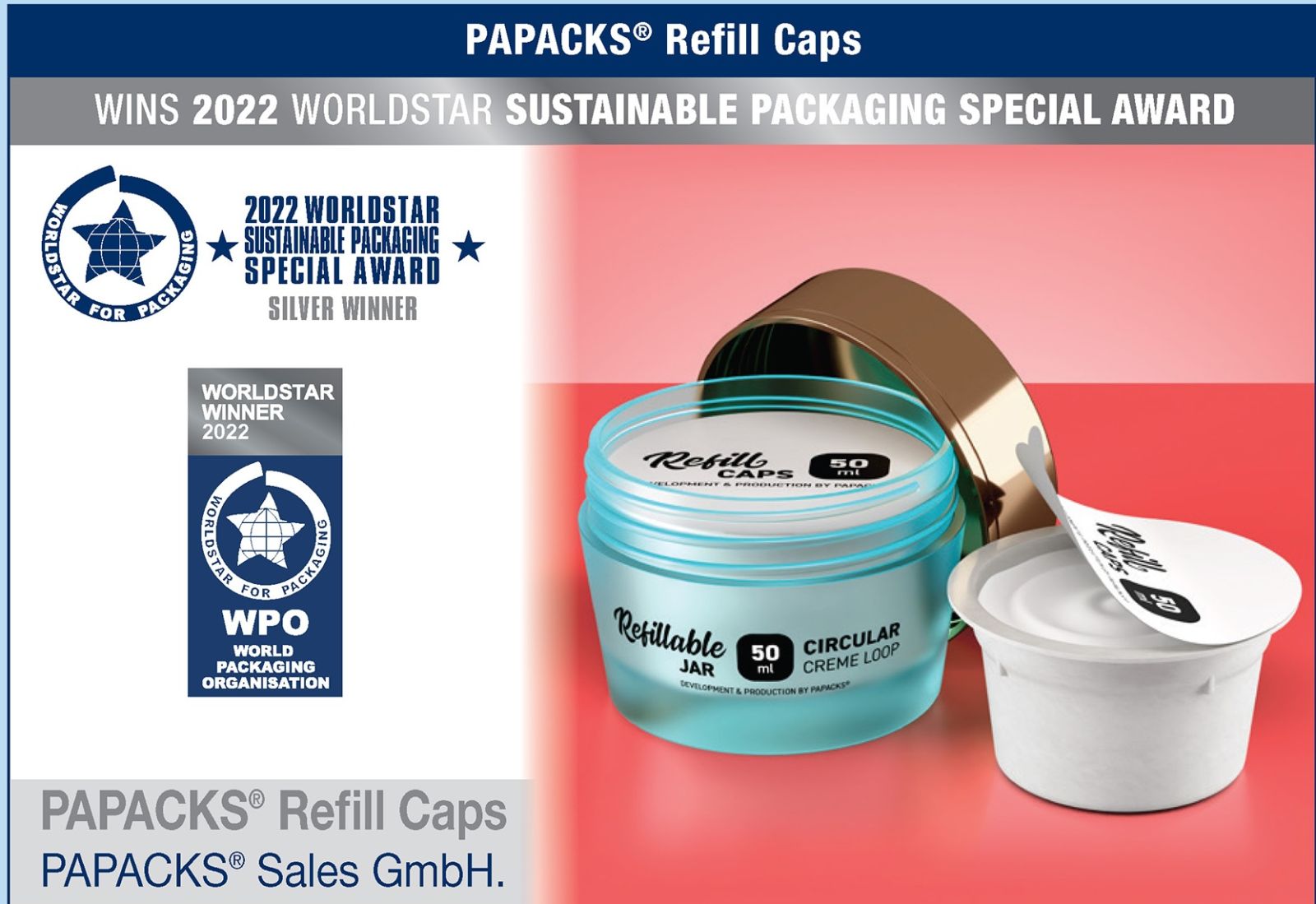 PAPACKS® Refill Caps - Germany
PAPACKS® Refill Caps - Germany



